The Biological Mechanisms of Plant Mycorrhizal Associations
Introduction
Mycorrhizal associations are a type of mutualistic symbiosis between Mycorrhizal fungi and plants, where the fungi colonize the root system of a host plant, providing increased water and nutrient absorption capabilities while the plant provides the fungus with carbohydrates derived from photosynthesis. This article delves into the biological mechanisms of these associations, exploring the intricacies of this fascinating symbiotic relationship.
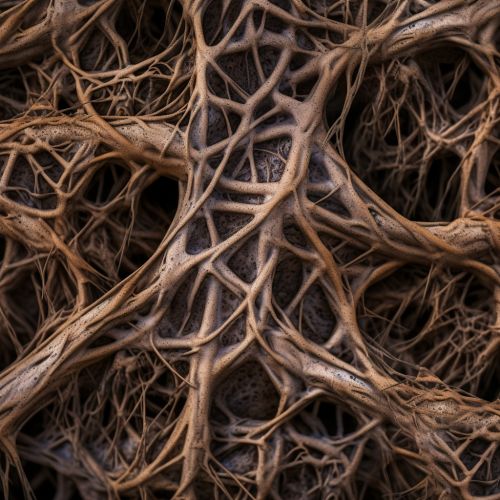
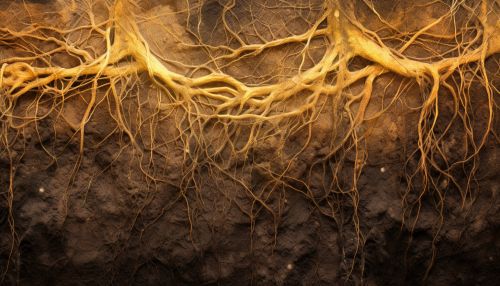
Types of Mycorrhizal Associations
There are several types of mycorrhizal associations, each with unique characteristics and biological mechanisms. The two most common types are ectomycorrhizae and endomycorrhizae.
Ectomycorrhizae
Ectomycorrhizae are a type of mycorrhizal association where the fungus forms a sheath around the root tip of the host plant. The fungal hyphae also penetrate the root to form a network within the root cortex without penetrating the plant cells themselves. This type of association is common in many tree species, including pines and oaks.

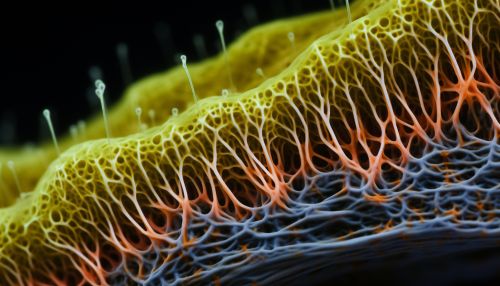
Endomycorrhizae
Endomycorrhizae, also known as arbuscular mycorrhizae, involve the penetration of the plant cell walls by the fungal hyphae, which form structures known as arbuscules within the plant cells. These arbuscules are the site of nutrient exchange between the plant and the fungus. This type of association is found in a wide range of plant species, including many crops such as wheat and maize.
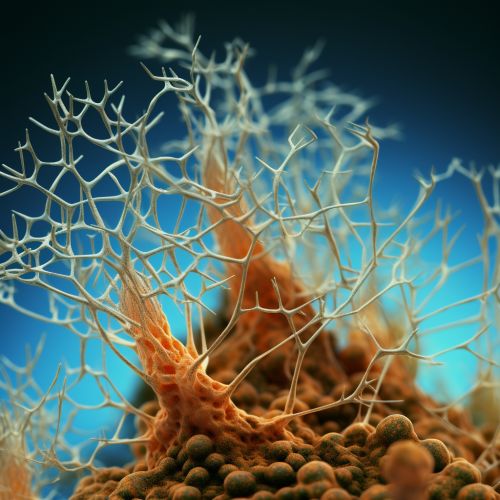
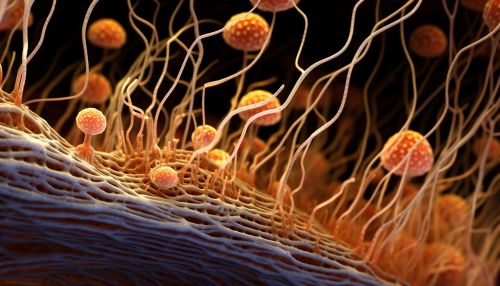
Biological Mechanisms of Mycorrhizal Associations
The biological mechanisms of mycorrhizal associations involve complex interactions between the plant and the fungus, including signal exchange, recognition, and nutrient exchange.
Signal Exchange and Recognition
The initiation of a mycorrhizal association begins with a signal exchange between the plant and the fungus. The plant roots exude chemical signals, known as strigolactones, into the soil, which are detected by the fungus. In response, the fungus produces its own signals, known as myc factors, which are recognized by the plant. This mutual recognition leads to the initiation of the symbiotic association.
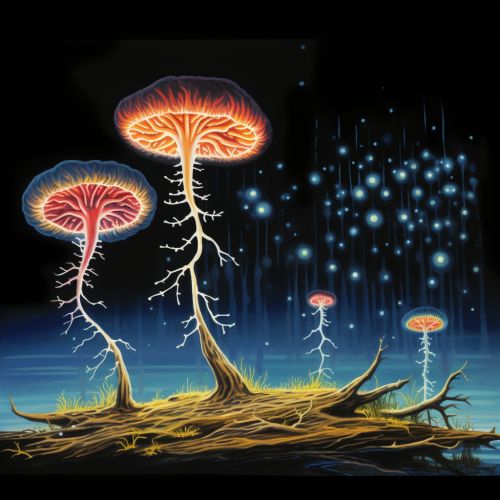

Nutrient Exchange
Once the association is established, the plant and the fungus exchange nutrients. The fungus provides the plant with water and nutrients, particularly phosphorus and nitrogen, which it absorbs from the soil through its extensive hyphal network. In return, the plant provides the fungus with carbohydrates, which it produces through photosynthesis.
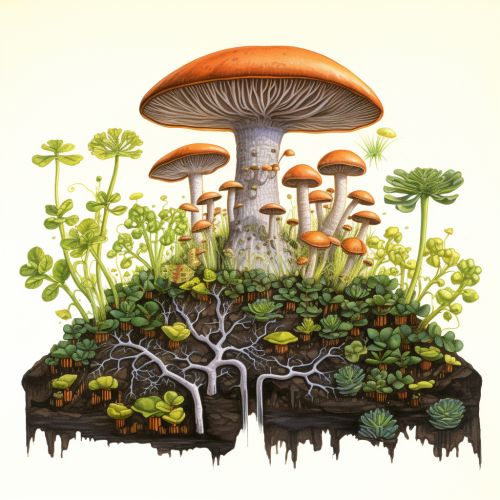

Role of Mycorrhizal Associations in Plant Growth and Survival
Mycorrhizal associations play a crucial role in plant growth and survival. They enhance nutrient uptake, improve water absorption, increase resistance to pathogens, and enhance plant tolerance to environmental stresses.
Enhanced Nutrient Uptake
Mycorrhizal fungi have a much larger surface area for nutrient absorption compared to plant roots. This, combined with the ability of the fungi to produce enzymes that can break down complex organic materials, enables them to absorb and transfer nutrients to the plant more efficiently.
Improved Water Absorption
The extensive hyphal network of mycorrhizal fungi also enhances the water absorption capacity of the plant. This is particularly beneficial in dry or nutrient-poor soils, where the fungi can access water and nutrients that are beyond the reach of the plant roots.
Increased Resistance to Pathogens
Mycorrhizal associations can also increase the resistance of plants to pathogens. The fungal mycelium acts as a physical barrier against soil-borne pathogens, and the fungus can also produce compounds that are toxic to these pathogens.
Enhanced Tolerance to Environmental Stresses
Mycorrhizal associations can enhance plant tolerance to environmental stresses such as drought, salinity, and heavy metal contamination. The fungi can help the plant to access water and nutrients under drought conditions, reduce the uptake of toxic salts in saline soils, and sequester heavy metals to reduce their toxicity to the plant.
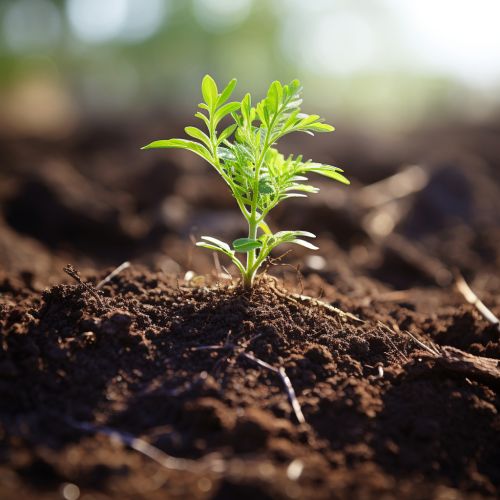

Conclusion
Mycorrhizal associations are a fascinating example of mutualistic symbiosis, involving complex biological mechanisms of signal exchange, recognition, and nutrient exchange. These associations play a crucial role in plant growth and survival, enhancing nutrient uptake, improving water absorption, increasing resistance to pathogens, and enhancing tolerance to environmental stresses.
